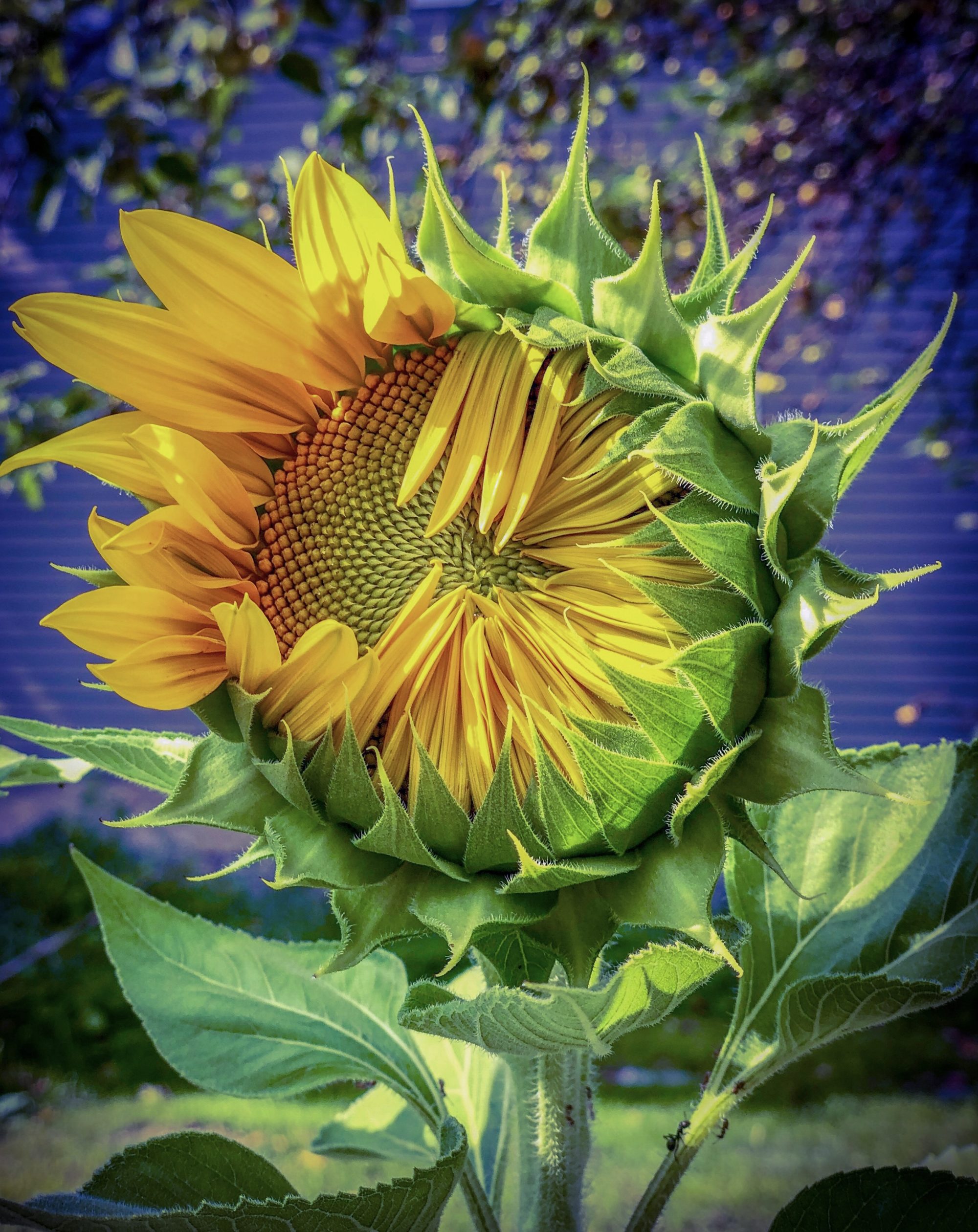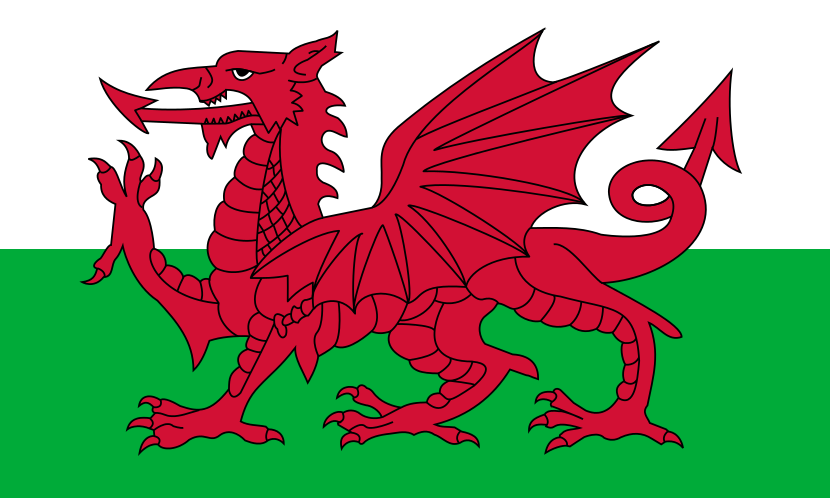Last Saturday was my birthday.
Friday night our local community store had an artisan night — we have small monthly parties, and local artists show their work, gain exposure, and there is plenty of free food, wine, and margaritas, all donated. Artisan nights are a reason for people to get together, mingle, spend time together, and local artists are stars for an evening.
A friend who lives down the street showed up to the gathering with a pretty teal blue and white gift bag for me. Inside were two elegant boxes, “You can open them both now, or you can open one, and open the other on Sunday.”
I chose to open only one gift as this same friend, her daughter, and I had plans for a special brunch date on Sunday.
“Just one gift,” I said. “I want to open the other when we’re all together on Sunday.”
She told me which box to open. Inside was a tiara. Not a plastic tiara, but a sterling plated tiara with quality rhinestones, with a well made hair comb for placing on my head. Not a toss-away-toy, but the real deal.
Now, I’ve always disliked tiaras. They seem to me to scream privilege, and a princess mentality that I have looked down on in quiet contempt. I would never say, “I think those things are ridiculous,” rather, I held my self-righteous smug superiority to myself. I would see pictures of women in tiaras, and turn my nose up. “Why,” I would think, “would any self-respecting woman want to wear a tiara?”
I found out Friday evening.
I wore the tiara all night at the artisan party, and I made sure everyone saw it. “See my tiara,” I said with a childish pride. (Recent Harvard studies show that thinking young — age is an attitude — has positive effects on aging. I turned the clock back 20 years Friday.)
There’s magic in putting a tiara on, in owning one’s specialness and saying, “I celebrate myself. I sing about myself. I shine. I sparkle. I glow. I am wonderful. I am royal and proud of it.” Amanda plugged into was something deep and precious, and I was ready.
I pulled her aside, and told her that two years ago, I never would have dreamed of wearing a tiara. “You get the tiara,” I told her, “when you’re ready for the tiara.”
I wore my tiara all night at the party, and I wore my tiara during our elegant brunch on Sunday.
So here is what I think about the metaphysics of tiaras, because I do believe there’s a metaphysics involved.
It’s not about personal superiority. It’s about not shying away from the magnificence that we are all born with. Being royal is our birthright, it’s an attitude of grace and confidence, not the birthright of a select few, and it’s something more profound than Disney princesses and beauty pageants.
The metaphysics of the tiara is best expressed by Marianne Williamson in A Return To Love:
“Our deepest fear is not that we are inadequate. Our deepest fear is that we are powerful beyond measure. It is our light, not our darkness that frightens us. We ask ourselves, ‘Who am I to be brilliant, gorgeous, talented, fabulous?’ Who are you not to be? You are a child of God. Your playing small does not serve the world. There is nothing enlightened about shrinking so that other people don’t feel insecure around you. We are all meant to shine, as children do. It’s not just in some of us, but in all of us; it’s in everyone. And as we let our own light shine, we unconsciously give people permission to do the same. As we are liberated from our own fear, our presence automatically liberates others.”
Yes, there is a metaphysics to the tiara, and Marianne Williamson sums it up.
I spoke with another friend on my birthday, and told her about my tiara, how I felt, and how I thought there was something deep and karmic about this gift, how much fun I had, how light and wonderful the world seemed when I wore it.
“There’s magic in it, you can feel it when you put a tiara on,” she said to me, “in the practice of magic, the tiara has power in it.” She went on to explain something about magic and head wreathes and their relationship to power and the tiara — the specifics eluded me, but it sounded like the metaphysics of the tiara.
A sparkling magnificence worn on one’s head that says, “I don’t play small.”
It’s a powerful life choice seen in a play of brilliant reflection, beauty, and confidence effortlessly worn.
You get the tiara when you’re ready for the tiara.
I was ready.


